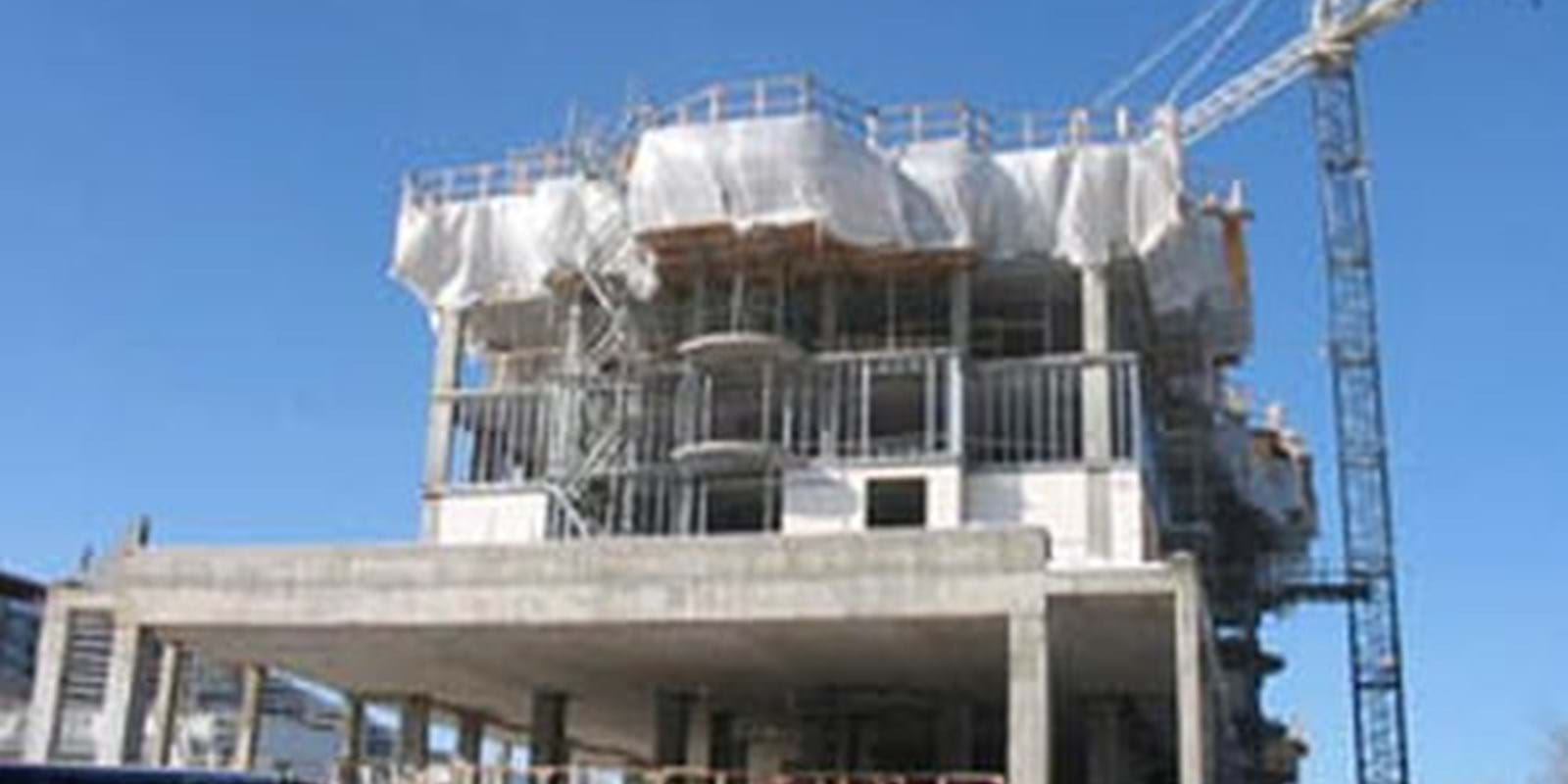The cost of new housing accelerated for the second month in a row in January, the result of a strengthening housing market in the Atlantic and Prairie provinces.
Nationally, contractors' selling prices rose 6.5% between January 2007 and January 2008, a faster pace than the year-over-year increase of 6.2% in December. These back-to-back increases followed 16 months in which the gains in new housing prices had been decelerating.
On a monthly basis, prices rose 0.6% between December and January, resulting in a New Housing Price Index of 157.6 (1997=100).
Regionally, prices again rose at the fastest pace in Saskatoon, which led the nation with an annual price increase of 51.7%. On a month-over-month basis, housing prices rose 4.5% between December and January. This increase was due to a number of factors, including increased costs for material and labour, as well as strong market conditions and increased demand for land.
In Regina, the year-over-year increase was 25.9%, unchanged from December. Prices were also unchanged in January from December 2007.
In Calgary, prices rose 5.6% between January 2007 and January 2008, slightly slower than the 6.0% year-over-year increase the month before. On a monthly basis, new housing prices in Calgary were up 0.3%. Some builders reported increased costs for material and labour, although these were moderated by other builders who reduced their prices to stimulate sales. Some developers increased their lot prices to be more in line with current market conditions.
In Edmonton, the year-over-year increase was 19.0%, while prices fell 0.5% from December 2007 due to slower market conditions.
In the Atlantic region, buyers in Halifax saw prices rise 11.4% from January 2007. This was due to higher costs for materials and labour, increased demand and higher lot prices.
Homebuyers in St. John's saw a 9.1% gain on a 12-month basis. The principal factors were higher material and labour costs.
On the West Coast, the 12-month increase for Vancouver was 6.5%, while in Victoria, the year-over-year increase in contractors' selling prices was 1.6%, unchanged from December.
Windsor recorded year-over-year deflation for the 16th month straight, with prices falling 0.9% from January 2007. Contractors' selling prices for January rose 0.2% from the previous month.
Elsewhere in Ontario, contractors' selling prices were 4.2% higher than in January 2007 in Toronto, and 2.0% higher in Ottawa–Gatineau.
In Montréal, the 12-month growth rate rose to 4.6%, while in Québec, prices increased 6.3%. Increases in both cities were due to a competitive market and higher material and labour costs.
Note: With the goal of continually improving the quality and accuracy of the New Housing Price Index, Statistics Canada has introduced new quality adjustment methods for the cities of Toronto and Vancouver beginning with the reference month of January 2008. These new methods will enhance the treatment of quality change of new houses by taking into account their characteristics and corresponding prices. Future applications of these methods will be extended to other cities where possible.
Available on CANSIM: table 327-0005.
Definitions, data sources and methods: survey number 2310.
The third quarter 2007 issue of Capital Expenditure Price Statistics (62-007-XWE, free) is now available from the Publications module of our website.
For more information, or to enquire about the concepts, methods or data quality of this release, contact our Client Services Section (
| New housing price indexes | |||||
|---|---|---|---|---|---|
| January 2008 | January 2007 to January 2008 | December 2007 to January 2008 | |||
| Canada total | |||||
| House only | |||||
| Land only | |||||
| St. John's | |||||
| Halifax | |||||
| Charlottetown | |||||
| Saint John, Fredericton and Moncton | |||||
| Québec | |||||
| Montréal | |||||
| Ottawa–Gatineau | |||||
| Toronto and Oshawa | |||||
| Hamilton | |||||
| St. Catharines–Niagara | |||||
| Kitchener | |||||
| London | |||||
| Windsor | |||||
| Greater Sudbury and Thunder Bay | |||||
| Winnipeg | |||||
| Regina | |||||
| Saskatoon | |||||
| Calgary | |||||
| Edmonton | |||||
| Vancouver | |||||
| Victoria | |||||
| |||||

